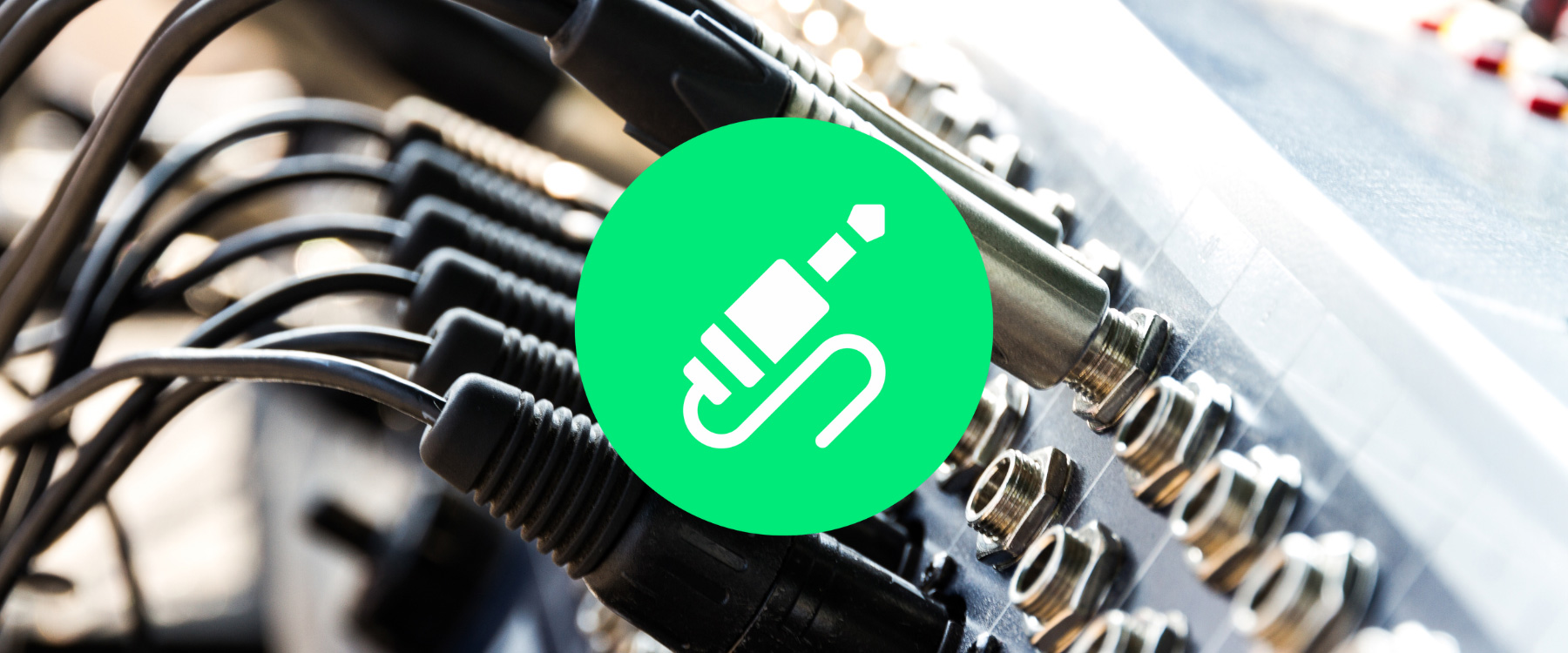
When it comes to audio equipment, quality is paramount. As an audio professional or enthusiast, you understand the importance of reliable cables and connectors for delivering pristine sound. But have you ever considered the crucial role of pre-shipment inspection in ensuring the quality and performance of these essential components?
Here’s why you need an inspector:
In the competitive world of audio equipment, quality control is a vital factor that can make or break a brand's reputation. Pre-shipment inspection acts as a safeguard against substandard products reaching the market. By conducting thorough inspections, an inspector can identify and flag any defects, inconsistencies, or deviations from industry standards. This ensures that only high-quality cables and connectors make their way to the end users.
Confirming Compliance with Standards
The audio industry has established various standards to guarantee compatibility and optimal performance. From connectors to cable construction, adherence to these standards is crucial. A pre-shipment inspection helps to verify that the audio cables and connectors meet the required standards, such as the International Electrotechnical Commission (IEC) or Audio Engineering Society (AES) guidelines. An inspector will assess factors like cable gauge, impedance, shielding, and connector quality to ensure compliance.
In the complex manufacturing process of audio cables and connectors, defects can occur at various stages. A pre-shipment inspection allows for an expert evaluation of these products, detecting any manufacturing defects that may affect their performance. This includes issues like faulty soldering, poor insulation, loose connections, or incorrect wiring. By catching these problems early on, an inspector helps prevent expensive product recalls and customer dissatisfaction.
Preventing Damage during TransitAudio cables and connectors are vulnerable to damage during transit due to mishandling, rough handling, or inadequate packaging. An inspector ensures that appropriate packaging and handling procedures are followed to minimize the risk of damage during transportation. They assess packaging materials, labelling, and overall sturdiness to ensure that the products reach their destination in perfect condition.
Saving Time and MoneyWhile engaging a pre-shipment inspector may require an upfront investment, it can save you significant time and money in the long run. By detecting and addressing potential issues before shipment, you avoid the costs associated with product returns, warranty claims, and negative customer feedback. Moreover, by delivering high-quality products consistently, you can enhance your brand's reputation and gain a competitive edge in the market.
An inspector conducting a pre-shipment inspection of audio cables and connectors would typically employ the following methods:
Visual Inspection: The inspector carefully examines the cables and connectors for any visible defects, such as physical damage, poor soldering, loose connections, or improper wiring.
Functional Testing: The inspector tests the functionality of the cables and connectors by connecting them to audio devices and verifying their performance. This includes checking for signal integrity, noise interference, and proper signal transmission.Compliance Verification: The inspector compares the cables and connectors against industry standards, such as IEC or AES guidelines. They assess factors like cable gauge, impedance, shielding, and connector quality to ensure compliance.
Measurement and Testing Equipment: The inspector utilizes specialized measurement tools and equipment, such as multimetres, impedance meters, and signal generators, to assess various parameters like resistance, capacitance, impedance, and frequency response.
Packaging Inspection: The inspector examines the packaging materials, labelling, and overall sturdiness of the packaging to ensure that it provides adequate protection during transportation and prevents damage to the cables and connectors.
Documentation Review: The inspector reviews relevant documentation, including specifications, quality control records, and manufacturing procedures, to verify that the products have undergone proper quality control processes and meet the required standards.
Sampling and Random Checks: Depending on the size of the shipment, the inspector may perform random checks or take representative samples to assess the quality and consistency of the entire batch of cables and connectors.
By combining these methods, an inspector can thoroughly evaluate the audio cables and connectors, identify any potential issues, and ensure that they meet the necessary quality standards before being shipped to customers.











